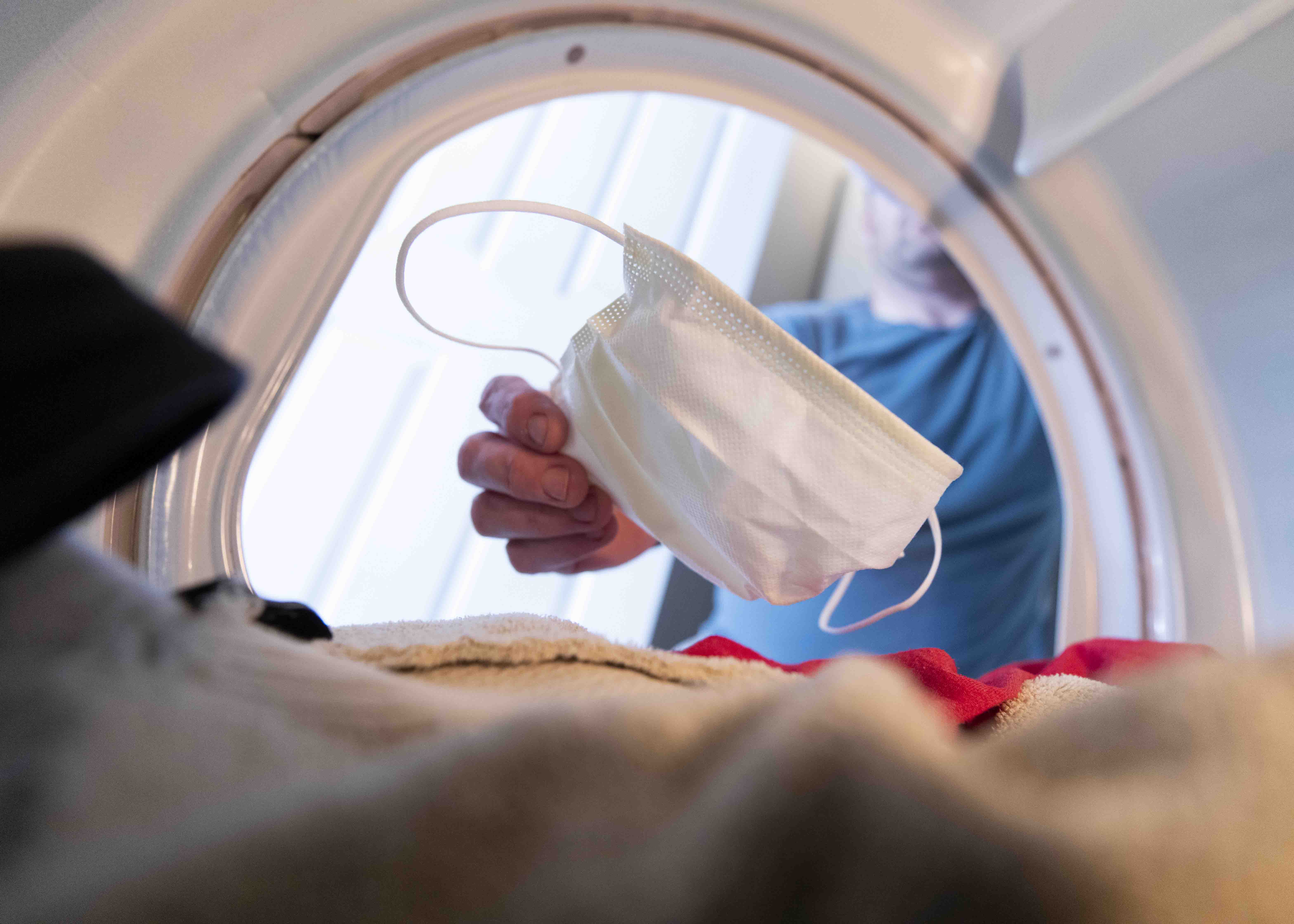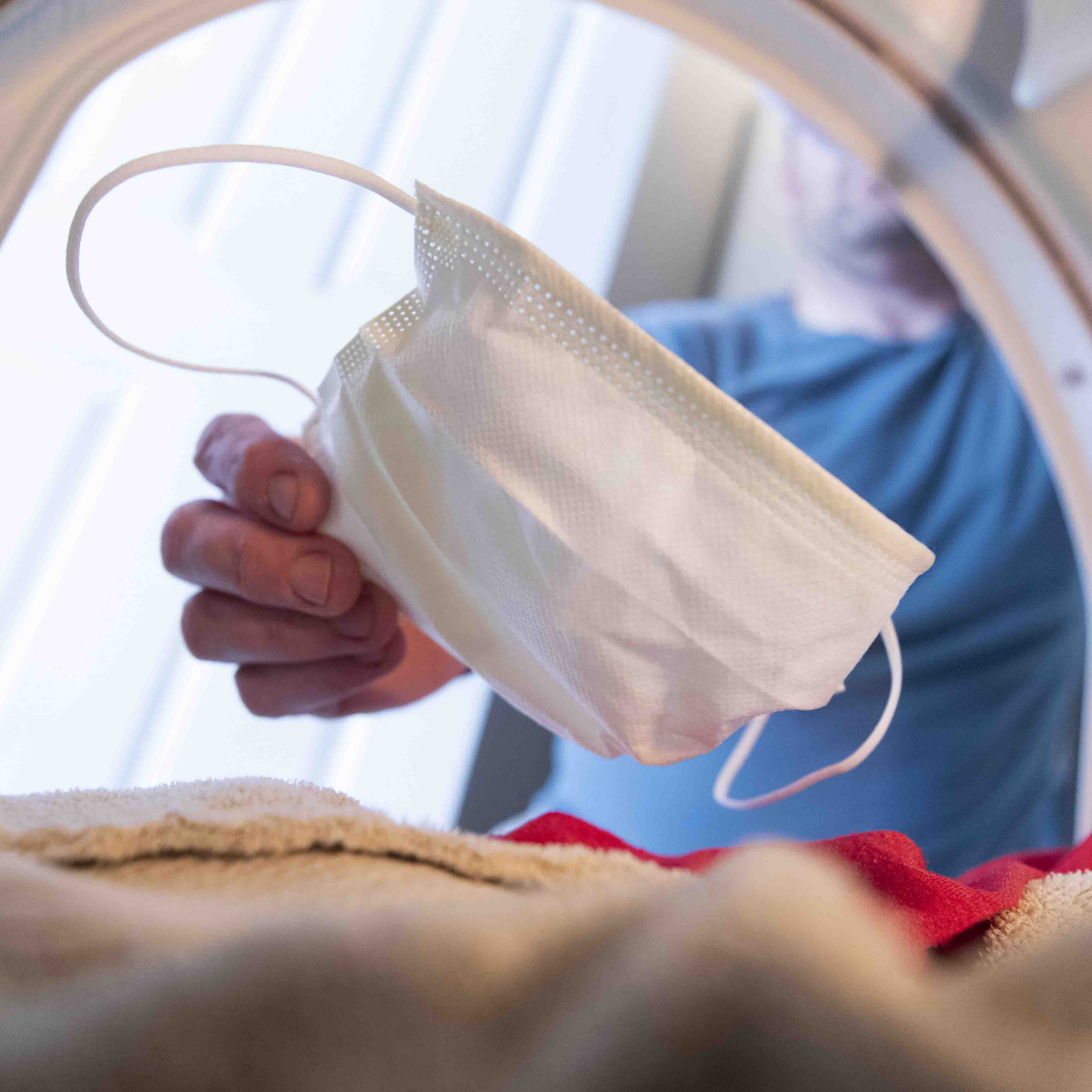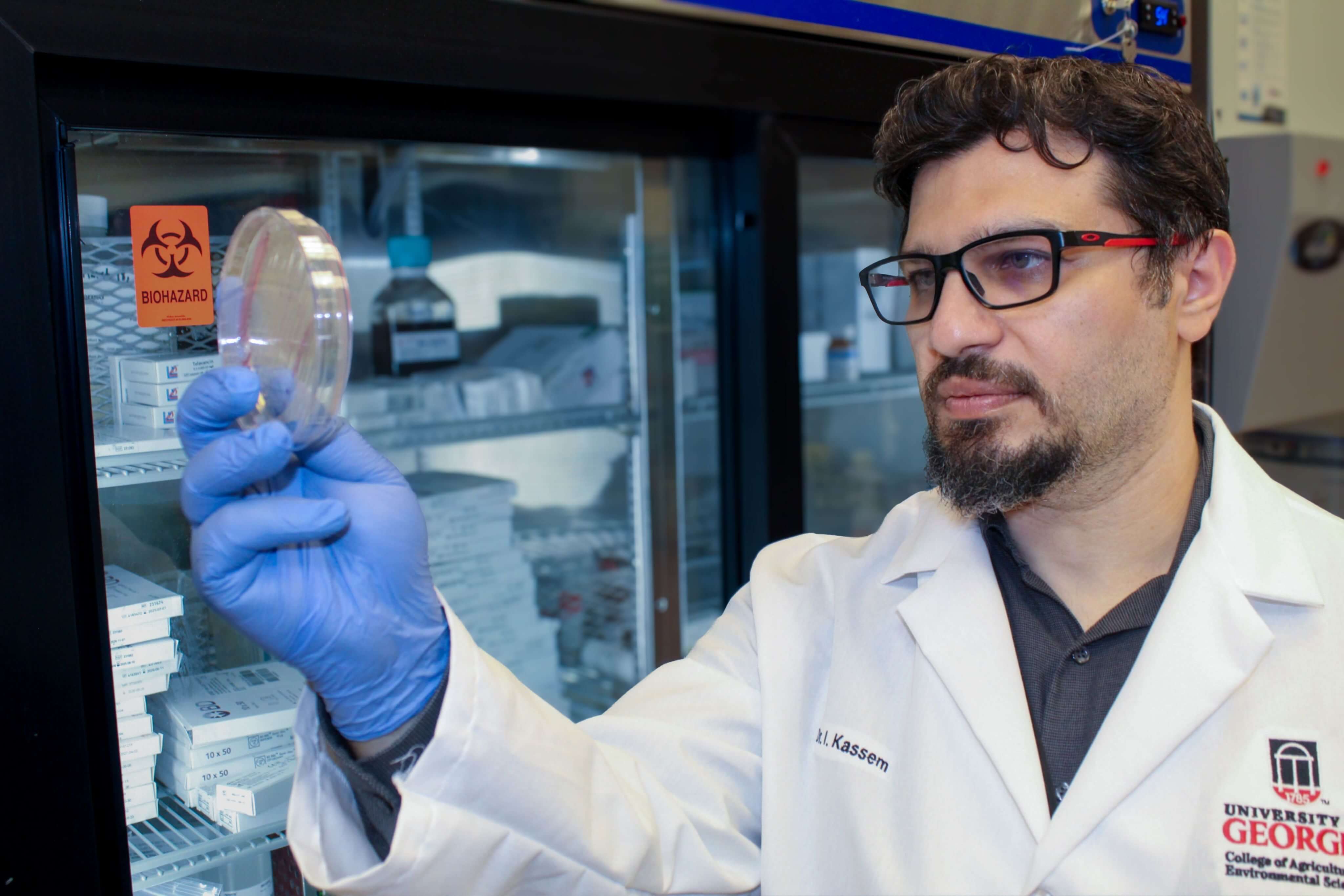Adding to the other little irritations caused by wearing masks — slippage, missed cues, muffled sound — masks can also cause skin irritation, so it’s important to know how to care for your mask as well as your skin.
The skin is our largest organ and protects us from the environment. Its full-time job is to continually regenerate and produce its own moisture every day. However, most of us are not used to having to wear a mask on our face, and our skin isn’t used to it either.
You’ve probably heard by now the importance of wearing a clean mask, but it is the first step to avoid skin problems — now commonly called “maskne” — when wearing it.
The Centers for Disease Control and Prevention (CDC) recommends washing cloth masks after each use. You can include your mask with your regular laundry, using normal laundry detergent and the warmest appropriate water setting for the cloth type. Be sure to dry your mask too, whether in the clothes dryer or by air drying. In the dryer, use the highest appropriate heat setting and leave it in until completely dry. Air dry your mask by laying it flat to dry completely. It is best to place it in direct sunlight if you choose to air dry.
You can also wash your mask by hand. Prepare a bleach solution by mixing 5 tablespoons (1/3 cup) household bleach per gallon of room temperature water or 4 teaspoons household bleach per quart of room temperature water. Check the label to see if your bleach is intended for disinfection. Some bleach products, such as those designed for safe use on colored clothing, may not be suitable for disinfection. Ensure that the bleach product is not past its expiration date. Never mix household bleach with ammonia or any other cleanser. Soak the mask in the bleach solution for five minutes, rinse thoroughly with cool or room temperature water, then dry.
In addition to wearing a clean mask, you should also take extra care to keep your skin clean. Augusta-based dermatologist Allison Paine has noticed a few patterns when it comes to mask complaints. “The most common complaint is breakouts of acne from the mask and the second most common complaint is dry nose and mouth, runny nose and mask mouth,” she said.
Wearing a mask that rubs against your skin is irritating and accounts for the “frictional acne” people are experiencing, said Paine. She recommends choosing a mask that is breathable, washable and does not create irritation to your skin to alleviate both concerns, and to focus on a consistent hygiene routine for skin and dental care.
Take extra care of your facial skin as well as the inside of your nose and mouth to avoid extra irritation when wearing a face covering. To prevent skin problems while wearing a mask, follow these guidelines from the American Academy of Dermatology.
- Cleanse and moisturize your face daily. Gentle skin care can prevent skin problems. Wash your face with an antibacterial product. Paine suggests a product with 5% or less benzoyl peroxide, and be sure to use a silicone/dimethicone-based moisturizer afterward.
- Protect your lips by applying petroleum jelly. Dry skin and chapped lips are common mask-related skin problems. To prevent breakouts, take care to apply the petroleum jelly to your lips and not the surrounding skin. The inside of your nose can feel like chapped lips, so it can also be beneficial to use petroleum jelly up the entrance of your nasal passageway.
- Skip the makeup when wearing a mask. Beneath a mask, makeup is more likely to clog your pores and lead to breakouts. If makeup is necessary, use only products labeled “non-comedogenic” or “oil free.”
- Avoid trying new skin care products that can irritate your skin. Wearing a mask for even a short time can make your skin more sensitive. To reduce skin problems, avoid trying harsh products, such as a chemical peel, exfoliant or retinoid, for the first time.
- Use a smaller amount of certain skin care products if your face becomes irritated. When you cover your face with a mask, some skin care products that you’ve used in the past, such as aftershave, may irritate your skin.
- Wear the right mask. To reduce skin problems, look for masks that offer comfortable, natural and breathable fabric, such as cotton. Avoid synthetic fabrics, such as nylon, polyester and rayon. Choose masks that feel soft on the inside if you have sensitive skin.
- Take a 15-minute mask break every four hours. Health care workers on the frontlines of the coronavirus pandemic have found that this helps save their skin. Of course, only remove your mask when it’s safe to do so and after washing your hands.
- As mentioned before, wash your cloth masks often. After washing, check its shape. If a mask no longer fits snugly and comfortably, it is less protective.
- Continue the treatment plan that your dermatologist created for you. If you have a skin condition, such as acne or rosacea, it’s especially important to follow your treatment plan. This can help keep the condition under control.
Additionally, dental hygiene will help combat “mask mouth” according to Paine. Be sure to brush your teeth after each meal, floss, use mouthwash and perhaps even invest in a tongue scraper. Drinking lots of water to stay hydrated will also help to keep your skin and mouth healthy.








